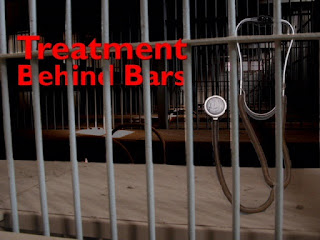The Veterans Administration (VA) study is a game changer by making providers more accountable for treating persons with acute and chronic pain. Yes, this is hard sell to patients! But, I have been somewhat successful in reducing the amount and dosage of opioids used for persons with sickle cell anemia and other chronic pain disorders. Explaining that long-term use of opioids can sometimes make chronic pain worse is not an easy. Opioid Induced Hyper-Analgesia means that pain receptors in the brain have a hyperexcited response to painful stimuli from the opioids. Working with a doctor with expertise in treating chronic pain and Opioid Misuse is important. Slowly weaning down the meds takes time and is best done when working with a team of providers such as a physical therapist, mental health providers and etc. Fear and anxiety of withdrawal are a normal response that can be overcome with support and working with your doctor to put together a treatment plan. Most patients who follow through actually report less moodiness, feel better and have improved overall health. Again, it’s all about Harm Reduction.
Check out NPR, When Opioids make Pain Worse
https://www.npr.org/sections/health-shots/2018/03/03/586621236/when-opioids-make-pain-worse
https://www.npr.org/sections/health-shots/2018/03/03/586621236/when-opioids-make-pain-worse
TOVA Community Health
Primary Specialty Care
www.tovacommunityhealth.org
(302) 429-5870








